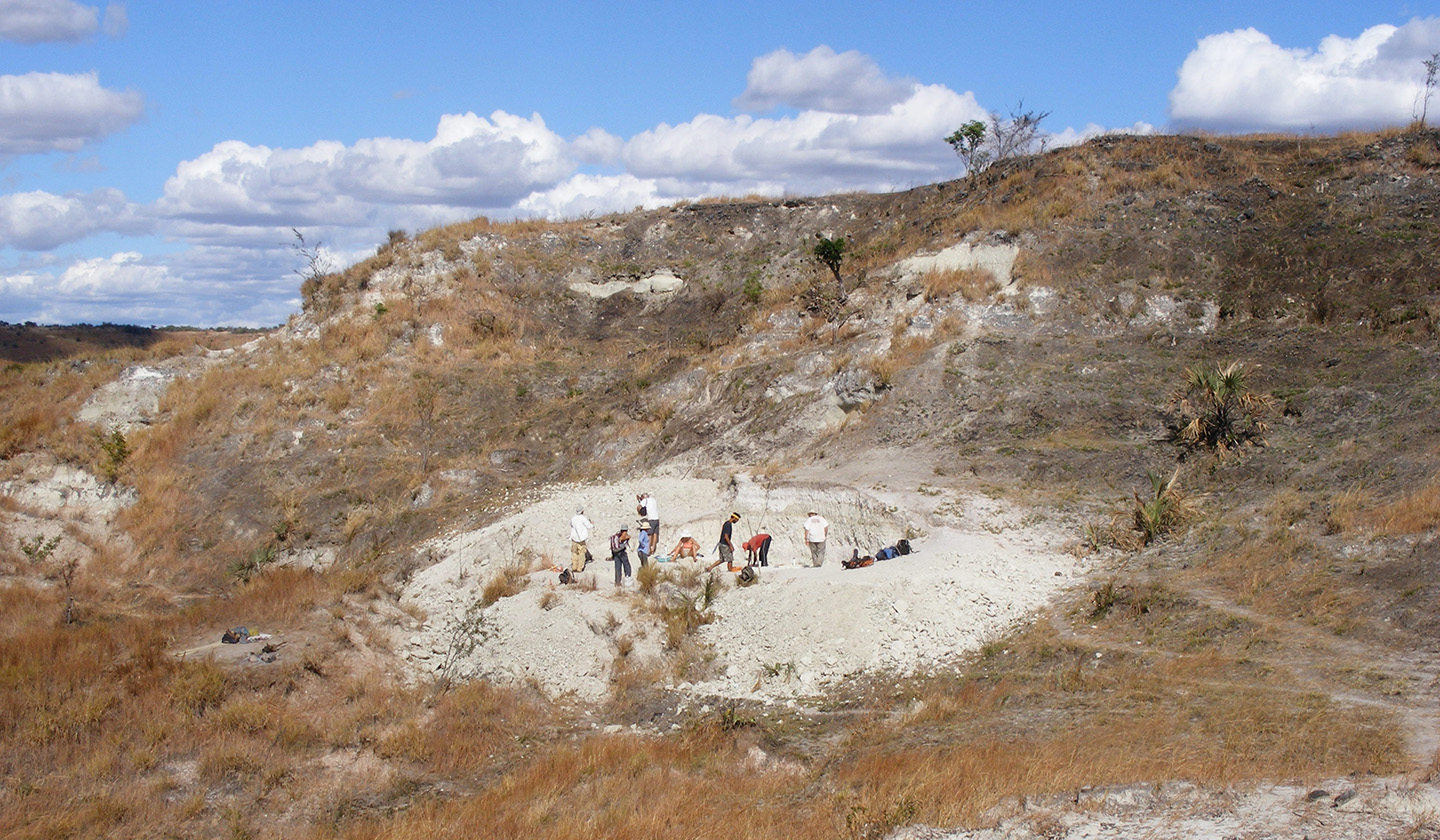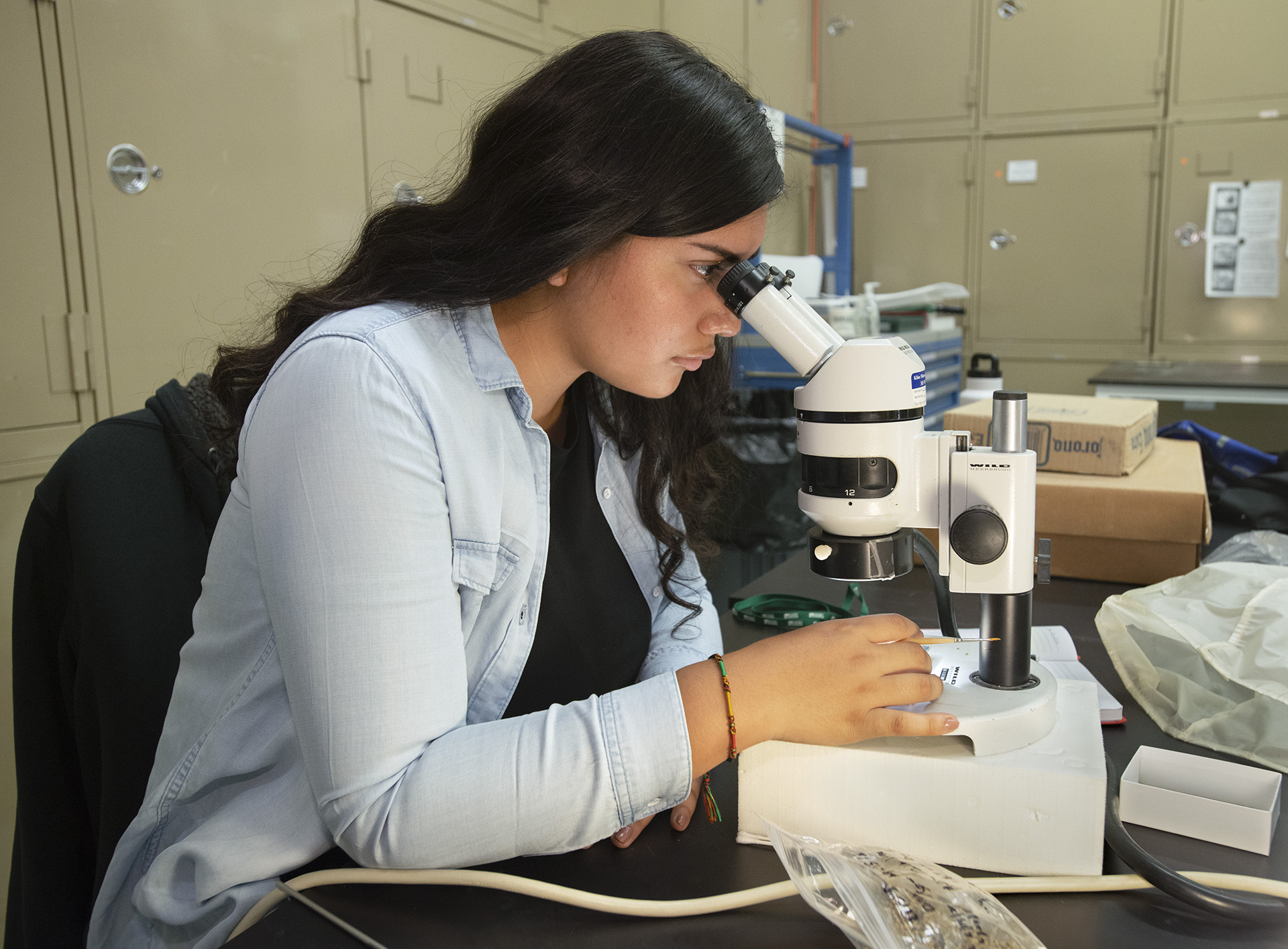Geographically, the Denver Museum of Nature & Science vertebrate paleontology collection primarily originates from the Rocky Mountain region; however, we also have world-class fossil vertebrate collections from Madagascar and other parts of the globe. In the framework of geologic time, our collection consists predominantly of Cenozoic mammals, Jurassic and Cretaceous dinosaurs, and Cretaceous seaway fishes and reptiles. The collection has now grown to almost 300,000 cataloged specimens, more than 280,000 of which have been collected from the Rocky Mountain Region since 1988; the majority of them are of fossil mammals. This significant growth has been accomplished using modern geological and paleontological field techniques as well as acquisition of established, catalogued collections. As a result, the collections are extremely well documented and of high value in addressing contemporary research questions related to the history of life, evolution, paleobiogeography, paleoclimate, and paleoecology.
The collection is divided into (1) exhibit specimens targeted at the museum visitor in Prehistoric Journey and elsewhere in the Museum and (2) research collections that are used by Museum scientists as well as visiting researchers and students from around the world. Specimens related to ongoing research projects are currently being collected from the Morrison Formation of Colorado; the Kaiparowits and Wahweap formations of Utah; the Fruitland and Kirtland formations of New Mexico; the Hell Creek and Fort Union formations of North Dakota, South Dakota, and Montana; the Lance Creek Formation of Wyoming; the Laramie and Denver formations of Colorado; the Wind River, Willwood, and Bridger formations of Wyoming; the Maevarano Formation of Madagascar; and various Paleogene and Neogene localities in Colorado. Since 1988, more than 500 books, scientific papers, abstracts, and popular articles have been published on the Museum’s vertebrate fossil collections. The collection includes many complete and extraordinarily well-preserved skeletons and preserves 74 holotypes, which serve as the morphological standards for various species. It also contains several institutional icons, including the skeletons of the plesiosaur Thalassomedon and several dinosaurs such as Diplodocus, Allosaurus, Stegosaurus (Colorado’s state fossil), and Torosaurus as well as several large mammals such as Megacerops, Amebelodon phippsi, and Mammut (mastodon).














































